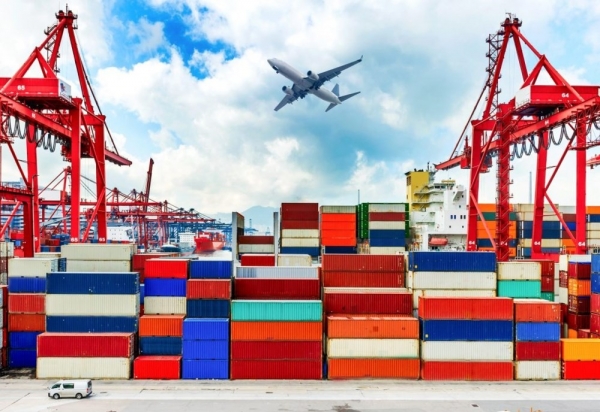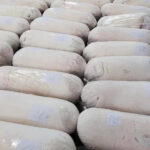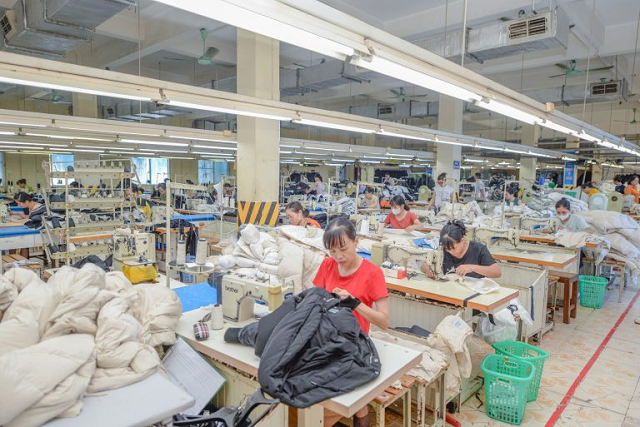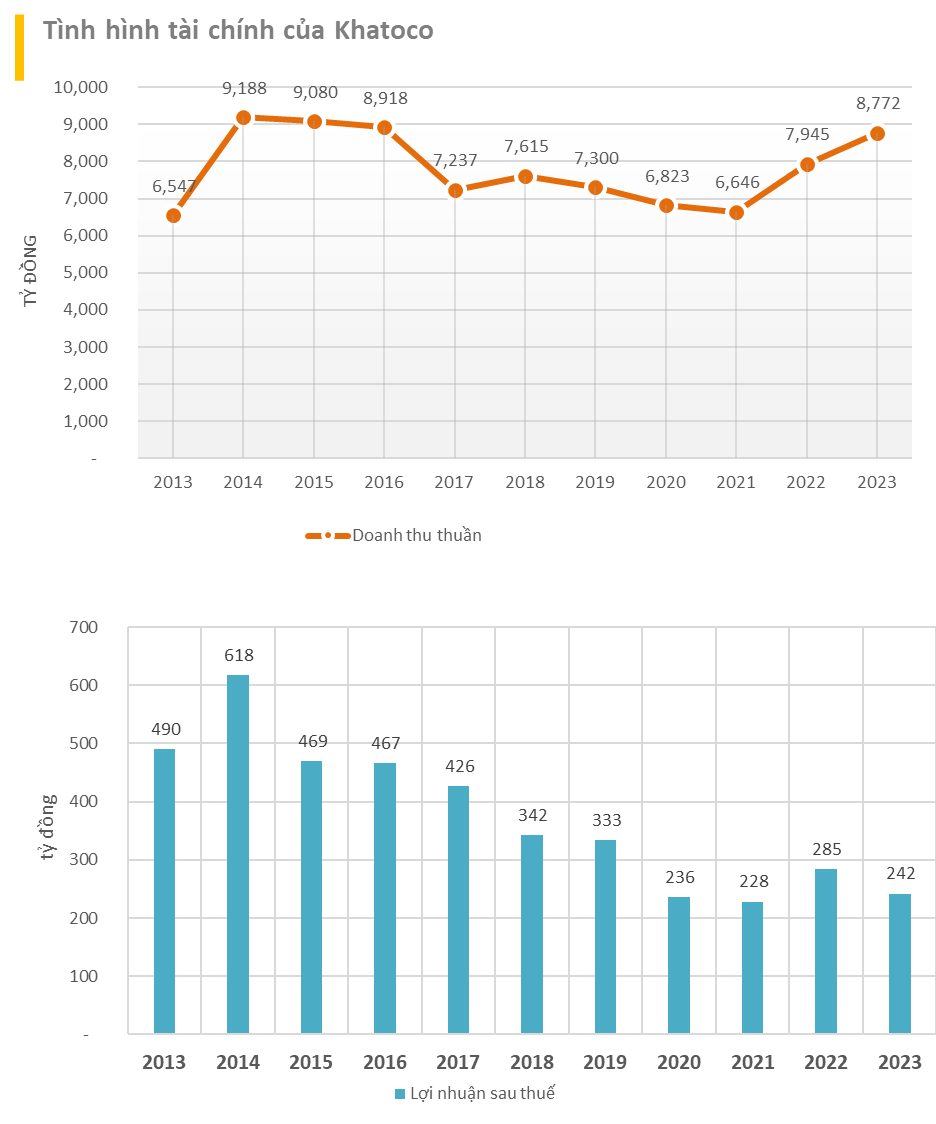On February 6, 2024, the Ministry of Industry and Trade in coordination with the Ministry of Transport and the Ministry of Foreign Affairs jointly organized a meeting to discuss solutions to ease difficulties for businesses amid tension in the Red Sea. The meeting aimed to update information and discuss solutions to address the challenges faced by businesses due to the tense situation in the Red Sea, which adversely affects Vietnam’s import-export activities with Europe and North America.

Many businesses have reported that shipping costs have increased 5-6 times compared to before the tension in the Red Sea.
During the meeting, representatives from the Vietnam Chamber of Commerce and Industry (VCCI), logistics associations, trade associations, and some logistics and import-export businesses attended. The tension in the Red Sea has seriously affected Vietnam’s export businesses in 2024 as they face various risks that impact the competitiveness of Vietnamese goods.
According to the feedback from export businesses, sea freight rates have doubled, even increasing by 5-6 times. Specifically, the shipping cost for a shipment to Germany used to be around $1,000, but now it has increased to over $5,000. Shipping companies have announced that sea freight rates will continue to rise from February due to increased insurance costs, longer shipping routes, and higher expenses.
Most Vietnamese export businesses sell goods on a Free on Board (FOB) basis, so their existing orders are not affected by the increased costs. However, import businesses face additional exorbitant charges, which lead to a delay in placing orders. Some potential customers reduce their purchases and negotiate for lower prices. This has a negative impact on export businesses because, in difficult circumstances, they strive to reduce selling prices to remain the most competitive. If they reduce the prices further, they will surely incur losses.
The tension in the Red Sea has lasted for over a month and directly affected the coffee export activities of Asian countries. To minimize the negative impact, coffee producers and shipping companies have had to choose alternative shipping routes via the Cape of Good Hope in Africa instead of continuing to face looming risks along the original arterial routes.
However, the new route also has limitations. The waiting time for cargo ships at destinations has increased by 7-10 days compared to the Red Sea route, leading to significantly higher shipping costs. The prolonged time and increased expenses have resulted in localized coffee shortages in import countries. Additionally, major coffee suppliers such as Vietnam and Indonesia may limit their coffee exports.
For coffee and agricultural products in general, many businesses have to export and share transportation costs with partners to maintain their operations.
The export businesses of coffee have mentioned that compared to the end of 2023, shipping costs to the United States have increased from around $2,000 to $4,500 – $5,000 per container. The most significant increase is for goods shipped to the EU, which have surged from $600 to $4,000 per container.
The Vietnam Association of Seafood Exporters and Producers (VASEP) stated that the instability in the Red Sea has seriously affected the global supply chain, leading to shipping companies having to readjust their routes. The shipping routes between Asia, Europe, and North America have become longer, resulting in exorbitant shipping costs, coupled with increased cargo insurance.
The difficulties are not only faced by export businesses but also by logistics companies. In addition to the sharply increased shipping rates to the Americas and Europe, the sea transportation routes within Asia have also seen price hikes since mid-January.
Notably, there is currently a shortage of container vessels in the market, especially refrigerated containers. This situation is likely to continue until the end of the second quarter of 2024, putting significant pressure on Vietnam’s manufacturing, business, and export activities, as well as the rest of the world.
In response to concerns about the high shipping costs of containers to Europe and the Americas, the Ministry of Transport previously requested support for container transportation to these regions.
To accompany and support businesses, Mr. Tran Thanh Hai, Deputy Director-General of the Ministry of Industry and Trade’s Import and Export Department, announced that the Ministry is currently cooperating with the Ministry of Transport and other relevant ministries to closely monitor the situation. From this, the Ministry will provide recommendations for Vietnamese businesses to consider alternative methods.















